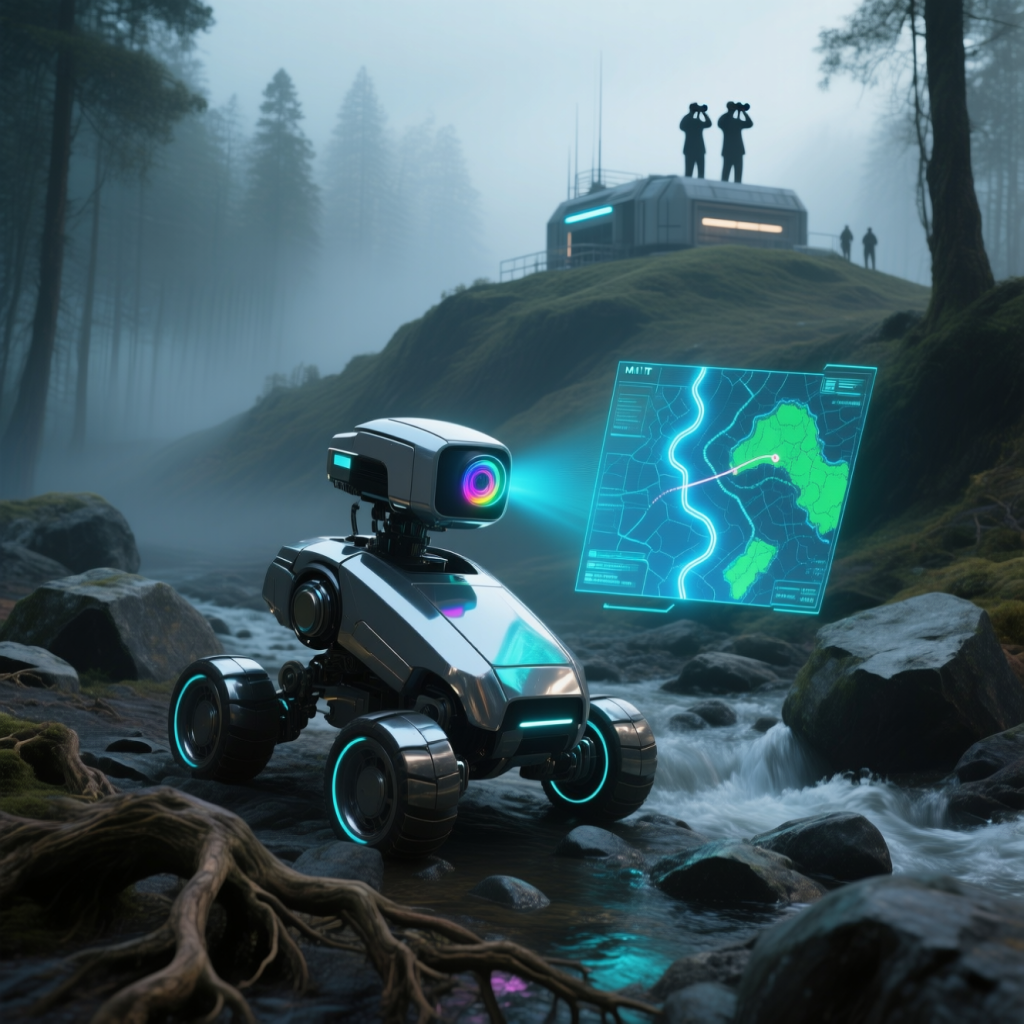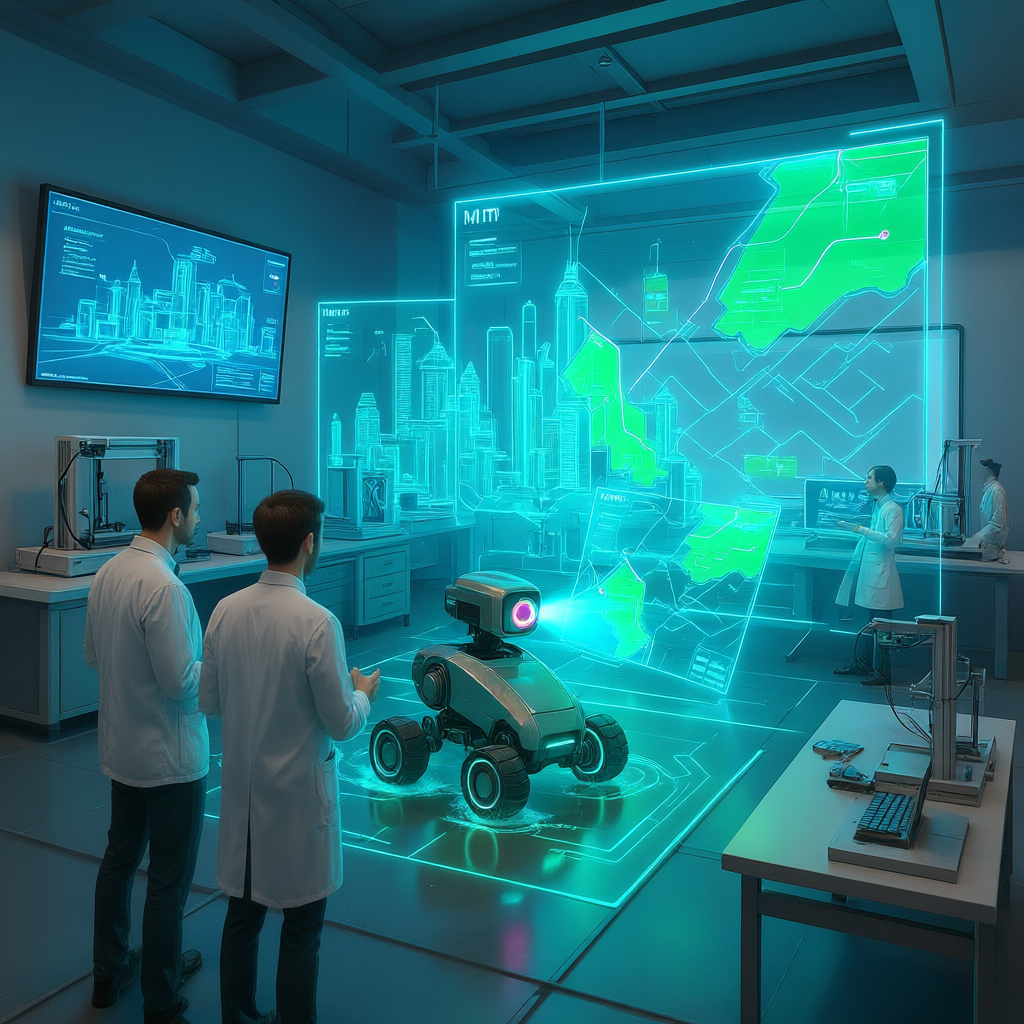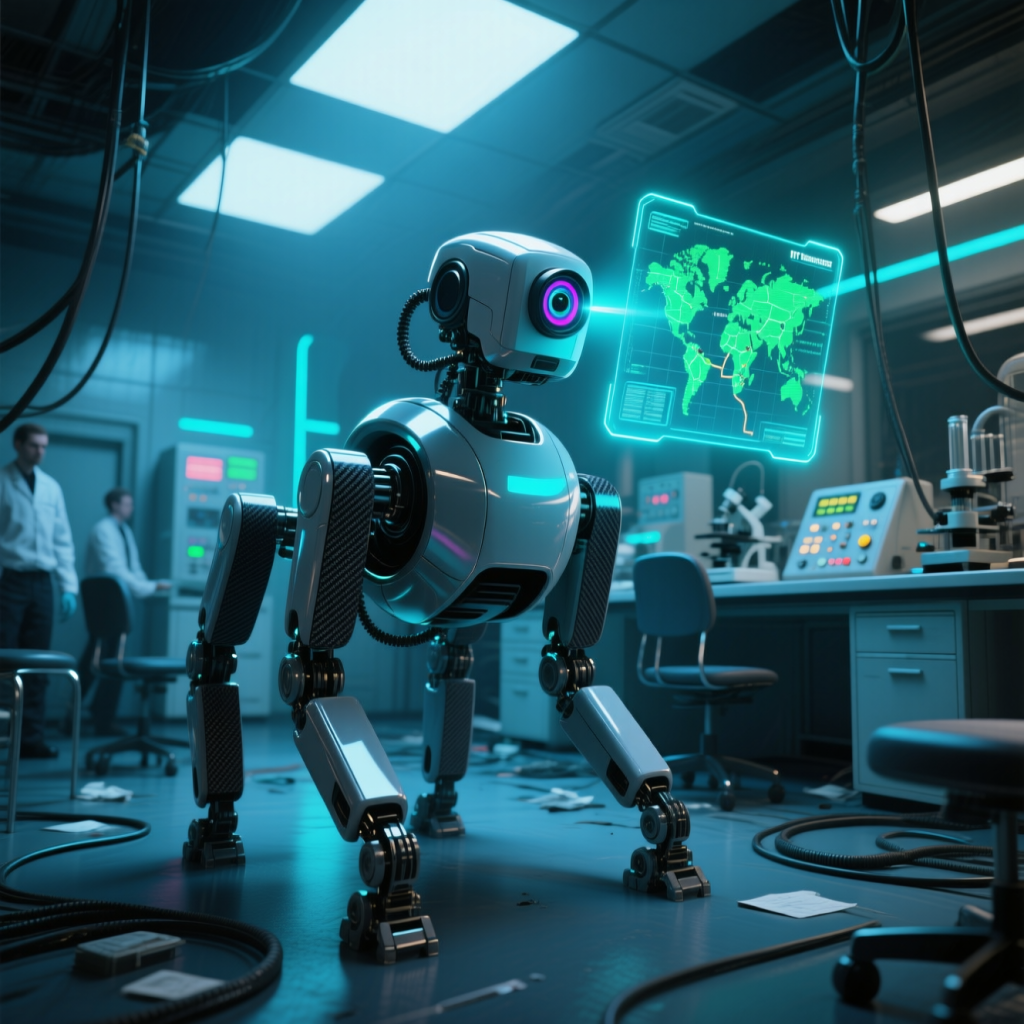In a groundbreaking advancement for robotics, researchers at MIT’s Computer Science and Artificial Intelligence Laboratory (CSAIL) have unveiled an innovative AI system that enables robots to navigate complex, dynamic environments using just a single RGB camera. Announced today, this technology marks a significant departure from traditional robotic navigation systems, which often rely on costly and complex sensor arrays like LiDAR, sonar, or depth cameras. By harnessing advanced computer vision and machine learning, MIT’s system offers a lightweight, cost-effective, and highly adaptable solution that could transform industries ranging from logistics to disaster response.
A Leap in Robotic Autonomy
The new AI system, detailed in a study published by CSAIL, empowers robots to autonomously map their surroundings, detect obstacles, and plan optimal paths in real time, all with a single camera as their sensory input. Unlike conventional systems that require pre-programmed maps or multiple sensors to interpret 3D environments, this AI processes visual data on the fly, enabling robots to adapt to unpredictable settings—such as crowded indoor spaces, uneven outdoor terrain, or rapidly changing conditions like moving objects or shifting lighting.

“This system redefines what’s possible in robotic navigation,” said Dr. Elena Martinez, the lead researcher on the project. “By relying solely on a camera, we’ve stripped away the need for expensive, bulky hardware while achieving performance that rivals or surpasses traditional methods. It’s a step toward making robots more practical and accessible for real-world applications.”
How It Works
At the core of the system is a sophisticated deep learning model that processes raw visual input from a standard RGB camera, similar to those found in smartphones or webcams. The AI extracts spatial and contextual information from 2D images to construct a dynamic understanding of the environment, effectively creating a “mental map” without requiring additional sensors. This process involves several key components:
- Real-Time Scene Understanding: The AI interprets visual cues to identify objects, surfaces, and free spaces. It can distinguish between static obstacles (e.g., walls or furniture) and dynamic ones (e.g., people or vehicles), adjusting the robot’s path accordingly.
- Generalized Motion Planning: The system is platform-agnostic, meaning it can adapt to different robot types—wheeled, legged, or tracked—without requiring extensive reprogramming. It learns the unique kinematics and dynamics of each robot, enabling precise control tailored to its physical capabilities.
- Robust Adaptability: The AI handles environmental variability, such as changes in lighting, weather, or unexpected obstacles. For instance, it can navigate a robot through a dimly lit room or avoid a pedestrian who suddenly crosses its path.

During testing, the system demonstrated remarkable versatility. In one experiment, it guided a quadruped robot through a cluttered MIT lab filled with chairs, cables, and moving researchers. In another, it enabled a wheeled drone to traverse a rocky outdoor trail, adjusting to uneven terrain and sudden obstacles like fallen branches. These tests showcased the system’s ability to generalize across diverse environments and robot configurations, a feat that has eluded many previous navigation systems.
Implications for the Future
The implications of MIT’s breakthrough are profound, particularly for industries where autonomous robots are increasingly vital. In logistics, robots equipped with this system could navigate warehouses or delivery routes with minimal hardware, reducing costs and improving scalability. In manufacturing, they could operate alongside human workers in dynamic factory settings, adapting to new layouts or tasks without extensive reconfiguration. In disaster response, such robots could explore hazardous environments—like collapsed buildings or flooded areas—using lightweight, camera-equipped drones or rovers, providing critical data without risking human lives.
The system’s reliance on a single camera also makes it ideal for resource-constrained applications. “Traditional navigation systems often require thousands of dollars’ worth of sensors,” said Dr. Priya Patel, a co-author of the study. “Our approach democratizes robotics by leveraging affordable, widely available hardware. This could enable small businesses, research labs, or even hobbyists to deploy advanced autonomous robots.”
Challenges and Next Steps
While the system represents a major advance, the research team acknowledges challenges remain. The AI’s performance depends on the quality of the camera and environmental conditions; extremely low-light settings or heavy fog, for example, could degrade its accuracy. The team is exploring ways to enhance robustness, such as integrating infrared capabilities or training the AI on more diverse visual datasets.
Additionally, the system currently focuses on navigation and obstacle avoidance but does not yet incorporate advanced task planning, such as manipulating objects or interacting with humans. Future iterations aim to integrate these capabilities, creating a more holistic robotic intelligence.

To accelerate adoption and further development, MIT plans to open-source key components of the system, allowing researchers and developers worldwide to build upon the technology. “We want this to be a springboard for the robotics community,” Martinez said. “By sharing our work, we hope to see robots with this level of autonomy become commonplace in everyday environments, from homes to hospitals to disaster zones.”
A Vision for Smarter, Simpler Robots
MIT’s AI system is a testament to the power of combining cutting-edge machine learning with minimalist hardware. By enabling robots to “see” and navigate the world with a single camera, the system paves the way for a new generation of autonomous machines that are smarter, more affordable, and capable of operating in the messy, unpredictable reality of human environments.
For more information on the project, including technical details and potential collaborations, visit MIT CSAIL’s official website at csail.mit.edu or contact the research team at robotics@csail.mit.edu.
Copyrights: dhkaka.ai
Tag: dhaka ai, ai in Dhaka, mit, robot, ai in Bangladesh



